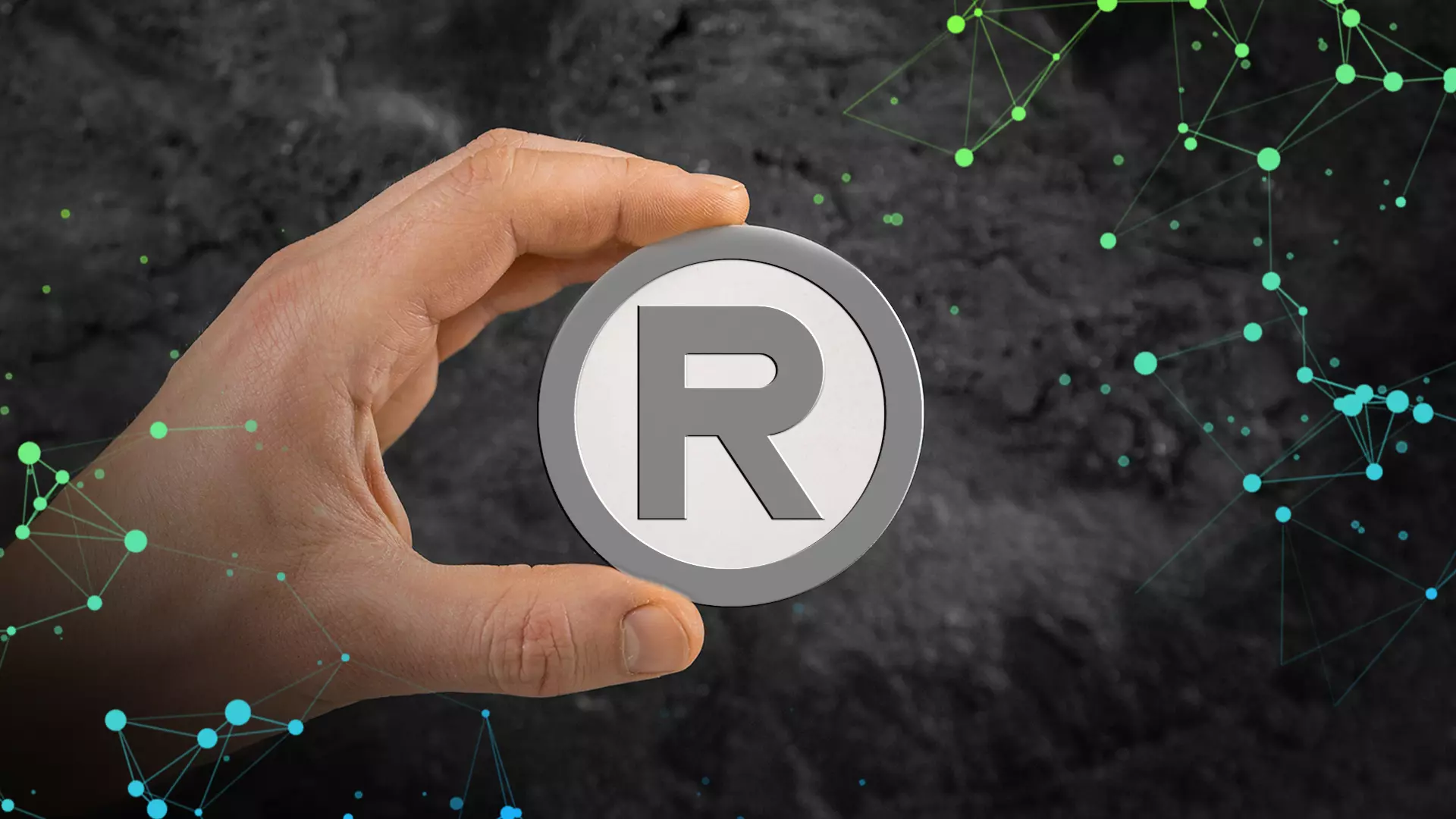Turnkey Trademark Registration
How to Register a Trademark?
A trademark (brand, trade mark, logo) is a unique sign or symbol used by a company or business to identify its products and services. This sign can consist of words in both Latin and Cyrillic, combined signs (logos), brand names, colors, and so on. The trademark helps to distinguish the products or services of a company among those of competitors, creates an image and trust among consumers, and also protects the ownership rights to the company’s identifying mark. Trademark registration grants the owner the right to use, prohibit the use, and transfer the rights to the sign to other parties. Later in the article, we will consider the main requirements and stages that allow for the quick and hassle-free registration of a brand.
Types of Registrations
Trademark registrations can be conducted through the following methods:
- national;
- international.
National registration is carried out within the country itself, in our case – in Ukraine. It grants the owner exclusive rights to use the mark in the Ukrainian market. This helps to protect the brand from illegal use and copying by other business entities.
The application for national registration is submitted to the relevant intellectual property body in Ukraine, after which it undergoes verification and expert assessment. Upon successful completion of the process, the owner receives a certificate of registration, which confirms their rights to use the TM in Ukraine.
International trademark registration provides maximum protection against illegal use of the trademark in foreign countries. In turn, international TM registration has two varieties:
- Madrid System. It is conducted according to the agreement or protocol of the same name. This system allows you to register a trademark in several member countries of the Madrid Protocol through a single application to the International Bureau of the World Intellectual Property Organization (WIPO). The main idea of the Madrid system is to simplify and make the trademark registration process more efficient in many countries at once. The TM owner can file an international application based on an existing national application or registration in their country.
- Registration in the EU. This is a special procedure that allows you to register a trademark with a single submission in the European Union and obtain protection in all EU member states. EU registration simplifies and provides unified brand protection across the entire European market.
How Much Time is Needed to Register a Trademark?
TM registration involves several stages, including formal and qualification examination. Therefore, on average, the registration process can take from 18 to 22 months.
If a certificate for the TM is urgently needed, it is possible to use an expedited procedure for its acquisition. In this case, the process will take approximately 8 – 9 months. However, this service will cost significantly more compared to the standard procedure.
Please note that during the imposition of martial law in Ukraine, it is not possible to expedite the trademark registration.
Algorithm of Actions for Trademark Registration Procedure
Let’s consider the main stages of TM registration:
- Checking uniqueness. First of all, it is necessary to conduct a study that will ensure that the chosen trademark is unique and does not coincide with other registered marks. For this, you can use the official databases of intellectual property bodies or consult professionals for the search.
- Document preparation. The next step is the collection of all necessary information and documents for the application submission. This includes information about the applicant, a description of the mark, the classes of goods or services that need protection.
- Application submission. To apply for registration, you need to approach the relevant intellectual property body – the Ukrainian National Office for Intellectual Property and Innovations (UNOIP&I).
- Formal verification. After submitting the package of documents, the intellectual property body conducts a formal check for compliance with requirements.
- Expertise. The application undergoes an expert assessment regarding prohibited features and possible overlap with other marks.
- Payment of the patent fee. After successful completion of the expertise, it is necessary to pay the patent fee.
- Registration. After the fee payment and in the absence of objections, the trademark will be considered registered. A corresponding certificate is issued to the client as confirmation of registration.
Who Can Register a Trademark and How Much Does It Cost?
The intellectual property right to a Trademark can be obtained by any individual or legal entity that owns the mark or has the right to use the mark in commercial activities. This could be an individual entrepreneur, a company, a non-profit organization, or another legal entity.
The fee for registering a TM in one class as of today is 3200 hryvnias. For each additional class, an extra 3200 UAH will need to be paid. Plus, 800 UAH fee for registering a TM in color. If the word “Ukraine” is used in the TM, a sum of 24,000 UAH will have to be paid.
Important! A favorable discount of 20% is provided when applying in electronic format
Our Advantages
The legal firm DextraLaw is a reliable partner offering its clients a very convenient and beneficial service “Turnkey Trademark Registration”. The team of intellectual property professionals provides a full range of services from initial consultation and documentation preparation to the completion of all necessary formal procedures. We will closely study the uniqueness of your mark, conduct a search for analogs, prepare the application, and interact with intellectual property authorities throughout the entire process.
Our advantages:
- many years of experience and professionalism;
- comprehensive and individual approach;
- reliability and efficiency;
- client trust.
By choosing DextraLaw, you acquire a reliable partner who guarantees successful and safe registration of your Trademark. Submit your request, and we will immediately get in touch with you and answer all your questions.
Questions and Answers
Registering a trademark has several key benefits for business. Firstly, the owner obtains exclusive rights to use the mark for their goods or services, allowing them to avoid competition with other entities. Secondly, registration provides legal protection, enabling the prevention of unlawful use and further lawful fight against unfair competitors.
Also, a registered brand builds trust among consumers, as it verifies the quality and origin of the product. Moreover, successful registration can increase the business value and create a strong brand that attracts more clients and partners.
The uniqueness of a trademark is a key criterion during registration. Intellectual property authorities conduct research and verification against registered marks in databases. This allows determining whether similar marks or signs already listed in the official database exist. If the trademark is unique and does not infringe on other owners’ rights, it can be successfully registered. It is important that the TM meets individuality criteria and does not deceive consumers regarding the origin of products or services.
A company that has successfully registered a TM has the exclusive right to use it for its goods or services in specified classes. This means that no other person can use or register a similar mark in the same classes that are already protected by law.
In addition, a registered trademark provides legal protection to the owner, allowing them to go to court and protect their rights in case of infringement. This gives the business the right to use the TM to create a unique brand, substantially increasing trust among consumers.
Any individual or legal entity (company) can be the owner of a trademark.




